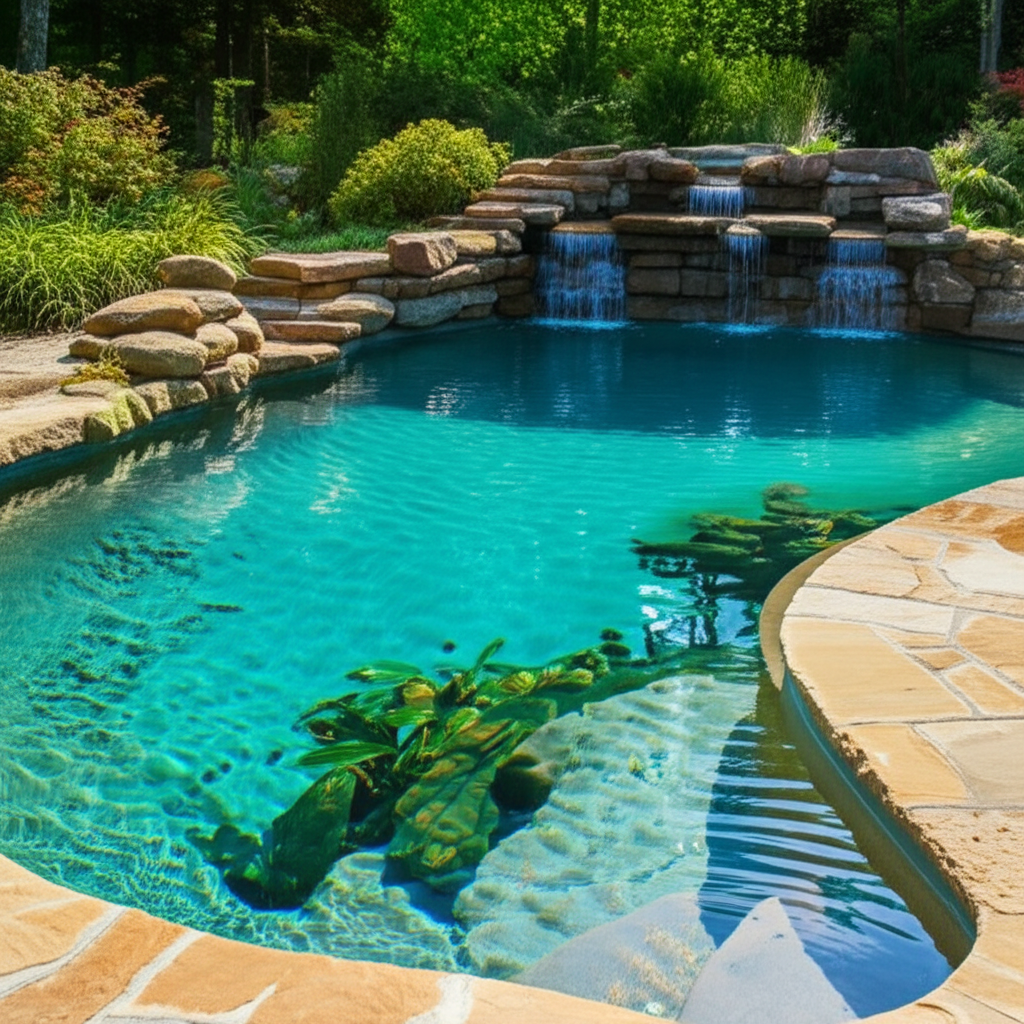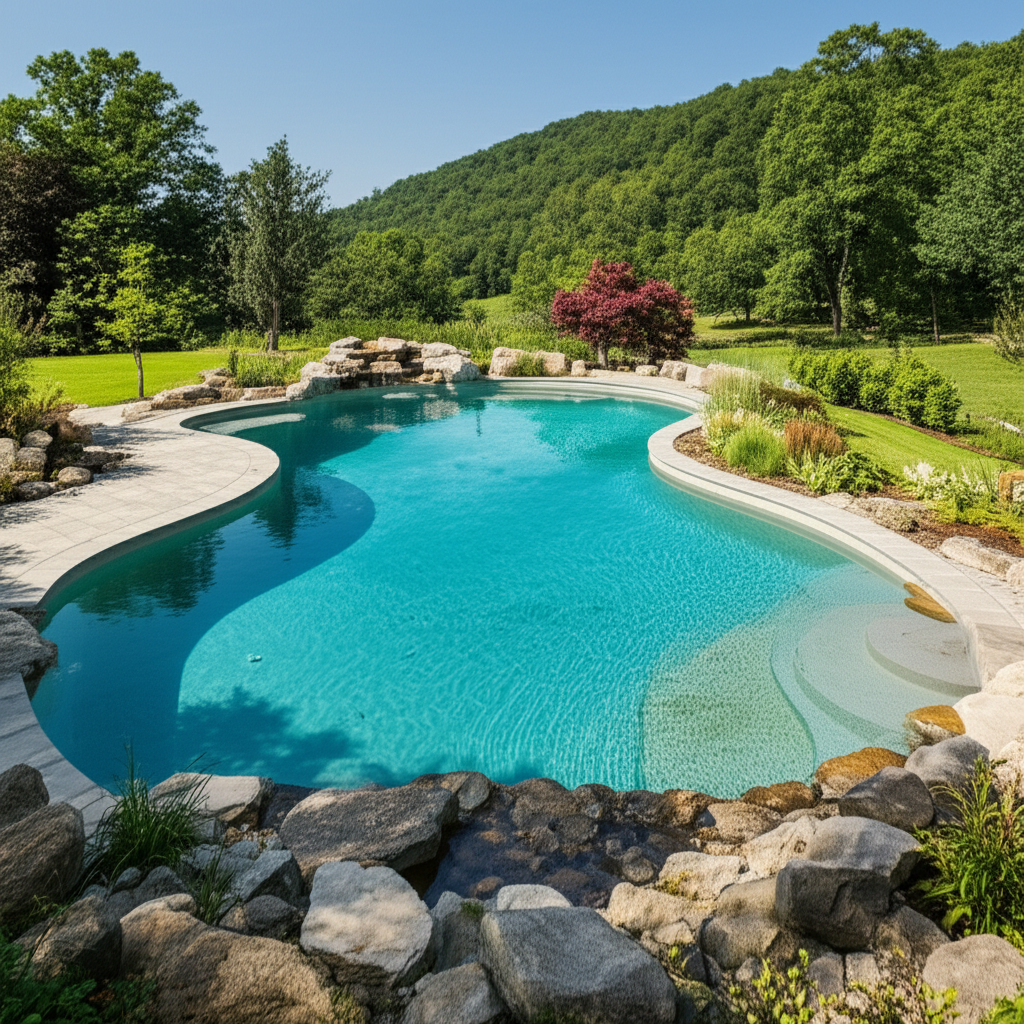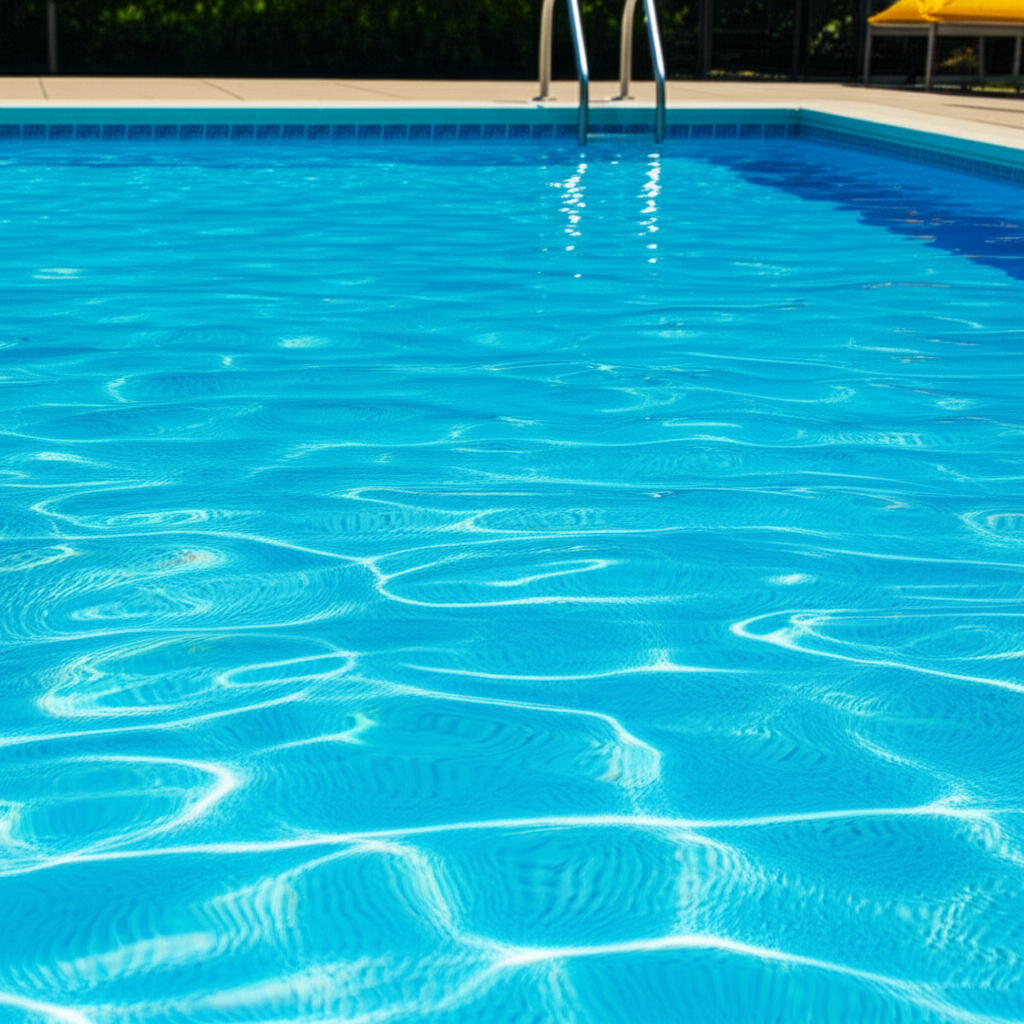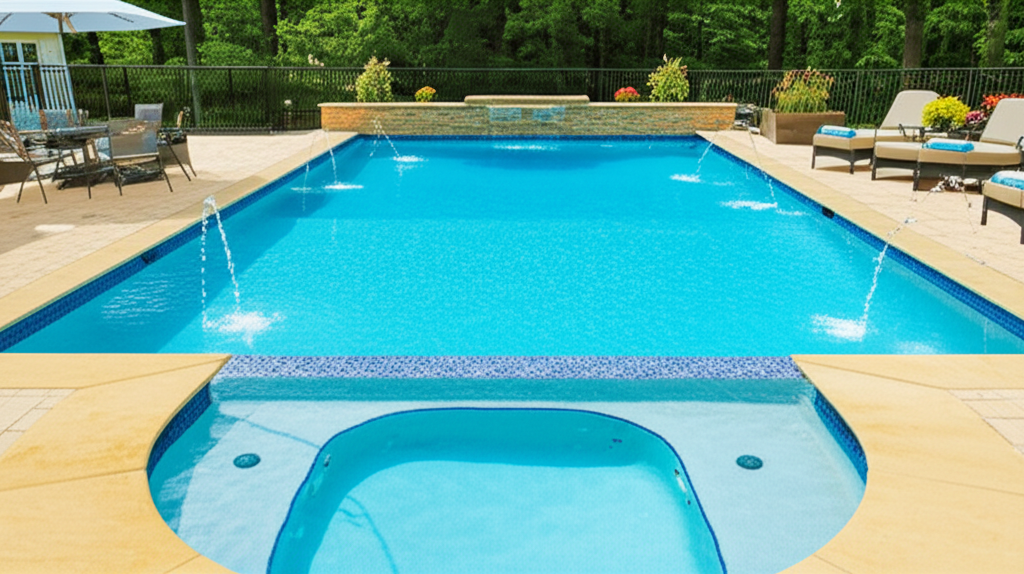- What Makes a Natural Pool Truly Different?
- The Beauty of a Natural Pool: A Living Ecosystem
- Effortless Eco Pool Care: Simplified Maintenance
- Designing Your Dream Natural Pool
- Benefits Beyond the Surface with a Natural Pool
Natural Pool living is an increasingly popular choice for homeowners seeking a beautiful, sustainable, and surprisingly low-maintenance alternative to traditional chlorinated swimming pools. Far more than just a swimming hole, a natural pool is a carefully designed ecosystem that uses biological filtration, rather than harsh chemicals, to keep the water crystal clear and inviting. Imagine a sparkling, vibrant body of water seamlessly integrated into your landscape, teeming with life and offering a serene oasis for relaxation and recreation.
What Makes a Natural Pool Truly Different?
The fundamental difference lies in its purification system. Unlike conventional pools that rely on sanitizers like chlorine or bromine, a natural pool leverages nature’s own processes. It typically consists of two main zones: a swimming zone and a regeneration zone. The regeneration zone, often separated visually or structurally, is home to aquatic plants, beneficial microorganisms, and gravel beds. These elements act as a living filter, absorbing nutrients, breaking down organic matter, and naturally cleaning the water without the need for chemical intervention. This creates an environment that not only supports healthy swimming but also fosters local biodiversity.
The Beauty of a Natural Pool: A Living Ecosystem
One of the most compelling aspects of a natural pool is its stunning aesthetic appeal. Designed to blend harmoniously with the surrounding garden, these pools often feature stone borders, lush aquatic planting, and varying depths that mimic natural ponds or lakes. The water itself takes on a soft, inviting quality, reflecting the sky and surrounding foliage. It’s an ever-changing landscape feature that evolves with the seasons, attracting dragonflies, frogs, and birds, transforming your backyard into a genuine wildlife haven. This integration with nature offers a visual tranquility that chlorinated concrete rectangles simply cannot match. It’s not just a pool; it’s a living water feature that enhances the entire property.
Effortless Eco Pool Care: Simplified Maintenance
While the concept of biological filtration might sound complex, the reality of eco pool care is surprisingly straightforward and often less demanding than maintaining a traditional pool. The absence of chemicals eliminates the constant need for pH testing, chlorine shocking, and expensive chemical purchases.
Instead, maintenance typically involves:
Skimming: Regularly removing leaves and debris from the surface, much like any pool.
Plant Trimming: Periodically trimming back the aquatic plants in the regeneration zone to prevent overgrowth and ensure optimal filtration. This is usually done once or twice a year.
Occasional Vacuuming: Vacuuming the swimming zone’s floor as needed, similar to conventional pools, though the build-up of algae is significantly less due to the balanced ecosystem.
Pump Check: Ensuring the low-energy pump, which circulates water between the swimming and regeneration zones, is functioning correctly.
The biological balance means less scrubbing away at stubborn algae, as the plants and microorganisms keep it in check naturally. This translates to more time enjoying your pool and less time on laborious chores.
Designing Your Dream Natural Pool
Creating a natural pool is an exciting project that offers immense design flexibility. Considerations include:
Size and Shape: From compact plunge pools to expansive swimming areas, natural pools can be customized to fit any space and aesthetic preference.
Regeneration Zone Integration: Deciding whether the regeneration zone is visually separated, fully integrated with overflow, or even hidden from view.
Plant Selection: Choosing native or adapted aquatic plants that thrive in your climate and provide effective filtration, such as water lilies, irises, rushes, and sedges.
Water Features: Incorporating waterfalls or streams not only adds to the aesthetic but also helps with oxygenation and water circulation.
Working with experienced natural pool designers can ensure the perfect balance between functionality, ecological health, and aesthetic beauty, tailored to your specific garden and lifestyle.
Benefits Beyond the Surface with a Natural Pool
The advantages of opting for a natural pool extend far beyond aesthetics and simplified maintenance:
Health and Wellness: Swimming in naturally purified water eliminates exposure to chlorine and other chemicals that can irritate eyes, skin, and respiratory systems. Many users report a softer feel to the water and no residual chemical smell on their bodies or swimwear.
Environmental Impact: By avoiding chemicals, you contribute to a healthier local environment, preventing runoff of harmful substances into groundwater. Natural pools promote biodiversity, offering vital habitats for local flora and fauna.
Long-Term Savings: While the initial installation cost might be comparable to a traditional pool, the long-term running costs are significantly lower due to reduced chemical purchases, lower energy consumption (often using smaller, more efficient pumps), and less frequent need for major maintenance procedures.
Increased Property Value: A well-designed natural pool can significantly enhance a property’s appeal and value, offering a unique and sustainable luxury feature that stands out.
Ultimately, a natural pool offers a profound connection to nature, transforming a simple swimming area into a vibrant, living landscape feature. It’s a testament to the belief that luxury and ecological responsibility can coexist beautifully, providing a stunning, effortless, and environmentally conscious way to enjoy the refreshing embrace of water.




